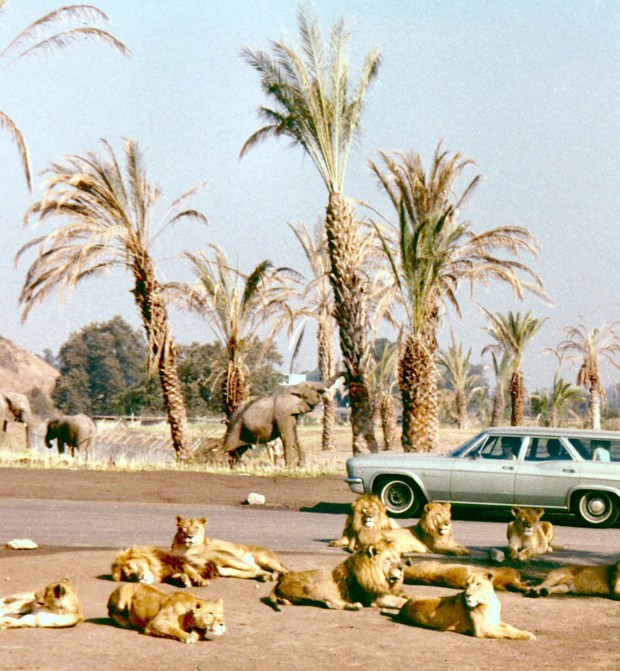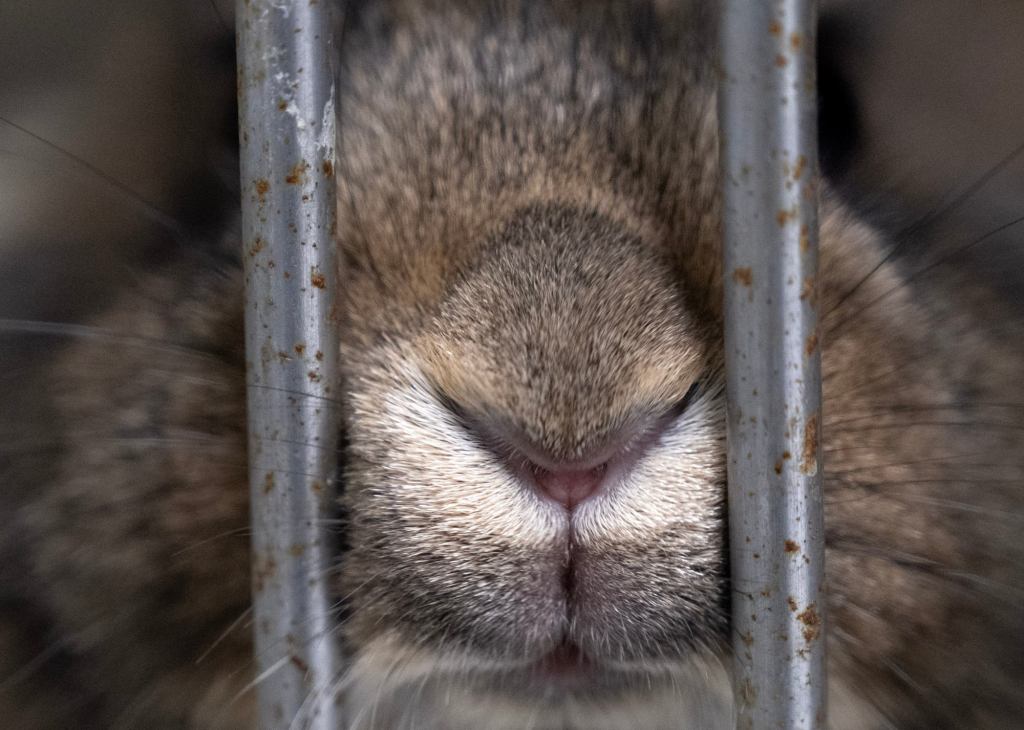It’s almost Easter. Please don’t impulse-buy a bunny! They multiply like, well, rabbits.
“People get them thinking they’re an easy pet, but it can be involved and expensive to feed them, so people dump them at shelters,” said veterinarian Gayle Roberts of Northwood Animal Hospital in Irvine, the go-to vet for rescue groups seeking to spay and neuter rescue bunnies.
“A lot of people don’t realize how specialized their care and feeding is.”
Nevertheless, ads for adorable baby bunnies are abundant on social media and in online classified ads in various languages this time of year. Folks buy these fluff-balls to surprise the kids on Easter morning, and then … the fluff-balls grow up. They need spaying, neutering, specialized diets, regular medical care.
In January of last year, Los Angeles’ city shelter — one of the few that clearly breaks out rabbit intakes in its public reporting — took in 41 rabbits. In June, it took in 72.
Animal shelters in Southern California handle thousands of rabbits each year, often busiest in the months after Easter. In Los Angeles alone, city shelters took in 732 bunnies in the last year, down from 1,088 the year before, according to city statistics. Some bunnies are yanked from the jaws of death — i.e., the euthanasia track — by the surprising number of rabbit rescue groups in Southern California, taken to Roberts for fixing, then ferried to adoption events all over the region.
Earlier this month, Roberts did surgery on more than a dozen of the 100 rabbits rescued from a home in Granada Hills and taken in by the Bunny World Foundation. One of them was Cupcake, a badly matted bun who required more than an hour of careful shaving.
Rabbit spays and neuters take some 13 to 20 minutes per bunny, depending on their size and the ease of finding the pertinent parts. Roberts does scores of such operations every month.
“I am a bunny lover,” said Roberts.

Well, yes, that, too. Roberts was a vet assistant,…
Read the full article here







